Sweden Softens Stance on AR-15: Mandatory Confiscation Now Voluntary

In a surprising pivot amid ongoing debates over gun control and hunting rights, the Swedish government has dialed back its aggressive plans for a compulsory buyback of AR-15-style semi-automatic rifles. What began as a swift reaction to a tragic mass shooting has evolved into a more measured approach, allowing licensed owners to retain their firearms under existing permits while offering generous incentives for voluntary surrender.
Swedish Gun Culture @ TFB:
This shift marks a notable concession in Sweden's firearms landscape, where military-pattern rifles like the AR-15, particularly those chambered for centerfire cartridges and compatible with STANAG magazines, were only recently approved for hunting use.
A Brief Background: From Liberalization to Lockdown
Sweden's relationship with semi-automatic rifles has been a rollercoaster in recent years. Prior to 2023, military-looking semi-autos, including the AR-15 platform, were largely restricted to target shooting at approved ranges, and typically only to IPSC Rifle shooters after two years of activity. Hunters relied mostly on bolt-action hunting rifles.
Semi-autos weren’t forbidden completely, but nothing with a military look or background was allowed, a point of view which sometimes also spilled over to modern bolt-actions depending on the daily mood of the administrative official. The Ruger Precision Rifle (bolt-action, and shown below) is such an example, the Sako TRG M-10 is another.
That all changed in August 2023, when the Swedish Environmental Protection Agency (Naturvårdsverket) lifted longstanding prohibitions on "military-type" firearms for hunting purposes. This decision opened the door for AR-15 variants and similar designs, specifically those accepting detachable STANAG (NATO-standard) magazines and chambered in calibers like .223 Remington/5.56 NATO, to obtain hunting licenses.
The policy was a boon for Swedish hunters and the domestic firearms market. Over the next two years, up to 25,000 permits for hunting were issued for these "black rifles", transforming the AR-15 from a range tool into a legitimate hunting tool. Enthusiasts praised the move for promoting innovation in hunting optics, ergonomics, and modularity, with STANAG compatibility enabling quick reloads in dynamic scenarios like wild boar drives.
For hunting, the maximum magazine capacity is 5+1, and the minimum barrel length is 18”. For sports shooting, there is no limit on the capacity.
A personal reflection is that we saw some strange hunting rifles getting invented, like the Kriss Vector in 9x19mm with an 18” barrel for “fox hunting”.
But the honeymoon was short-lived. On February 7, 2025, Sweden endured its deadliest mass shooting in modern history: the Örebro school attack, where a gunman claimed multiple lives. Though the perpetrator did not wield an AR-15, a Browning BAR Long Track was used; the incident ignited public outcry and political pressure to curb access to semi-automatic centerfire rifles. Critics pointed to the platform's global notoriety in mass shootings and its appeal within certain online subcultures, arguing it had no place in civilian hands, let alone the woods.
By late June 2025, the government announced sweeping reforms. Effective August 1, 2025, new hunting permits for AR-15s and comparable semi-autos (defined broadly as military-pattern rifles with detachable magazines exceeding 10 rounds for non-rimfire ammo) were halted indefinitely. Existing licenses would remain valid for a two-year grace period, after which non-compliance could lead to confiscation.
A mandatory buyback program was floated, potentially promising full market-value compensation and funneling surrendered rifles to Ukraine's defense efforts against Russia. The ban extended only to hunting; range use stayed permissible, preserving the semi-auto rifles' recreational role and purpose in shooting competitions. However, to get a permit for a semi-auto rifle for sports shooting is quite a time-consuming process, with an expected time of at least two years before you can get your personal permit, and the permit wouldn’t allow any kind of hunting.
The firearm grassroots community pushed back hard, and the responsible parties and politicians could hardly make a post on social media without getting reminded by a clever meme or a post about their broken promises. Hunters decried the reversal as an overreach, emphasizing that AR-15s had seen zero misuse in Sweden.
The Voluntary Turn: A Win for Property Rights?
Enter the latest development, announced just days ago in a joint op-ed in a Swedish Hunting magazine by key ministers and MPs. The compulsory buyback? Scrapped. In its place: a time-limited voluntary redemption scheme, offering 100% reimbursement based on the rifle's purchase price, plus payouts for compatible accessories like optics and STANAG mags.
"Already announced permits will continue to apply," the article states, "at the same time as the individual receives an offer to voluntarily, for a limited time, redeem their weapon on generous terms." Non-participants face no forced seizure; they can keep their ARs for range days or export them if desired. The window for opting in remains unspecified but is framed as a "preventive action" to reduce societal risks without trampling Second Amendment-esque property rights. This is Sweden's equivalent of USA’s Article 2 of the Firearms Act, but more focused on property rights, not “the right to keep and bear arms”.
No new hunting permits for these types of semi-automatic rifles will be issued, but if you already have one, you can keep it, ensuring continuity for licensed users.
Implications for Swedish Shooters and the Global Debate
Hunting with STANAG-fed semis will remain off-limits for newcomers, but the voluntary path averts a draconian confiscation wave, echoing U.S. buyback debates but with a Nordic twist: full comp instead of token gestures. I don’t know the Canadian confiscation story well enough to compare in detail, but there are certainly some similarities. For now, the Swedish one ends a lot better.
Globally, this saga underscores the polarizing status of these types of firearms. In Sweden, it's gone from "approved asset" to "conditional relic" in under three years, driven not by domestic crime stats but mainly with reference to international opinion. I’m sure firearms enthusiasts will watch closely: Will voluntary uptake be high, or will Swedes cling to their black rifles? If I get to guess, I think most black rifles will stay with their owners. Would you turn yours in?

Ex-Arctic Ranger. Competitive practical shooter and hunter with a European focus. Always ready to increase my collection of modern semi-automatics, optics, thermals and suppressors. TCCC Certified. Occasionaly seen in a 6x6 Bug Out Vehicle, always with a big smile.
More by Eric B
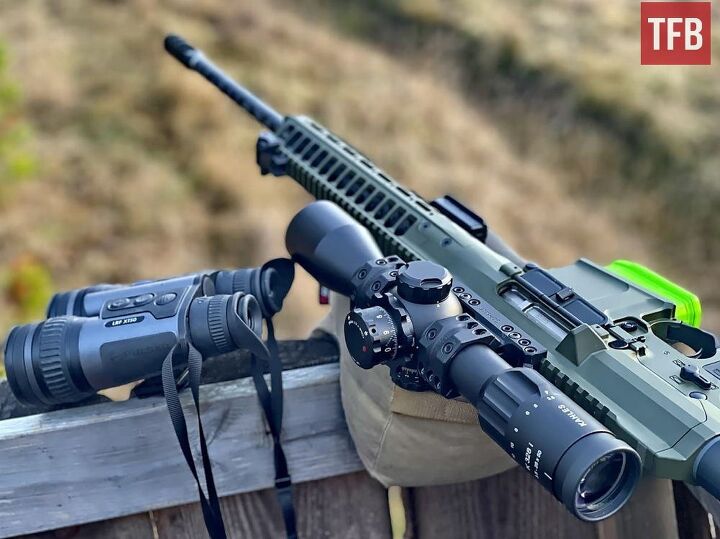



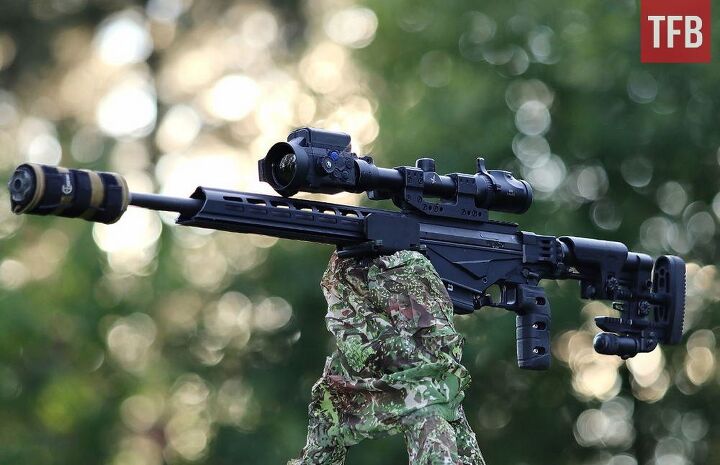
















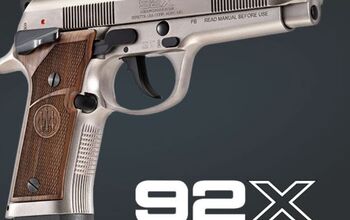
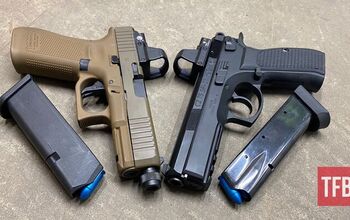

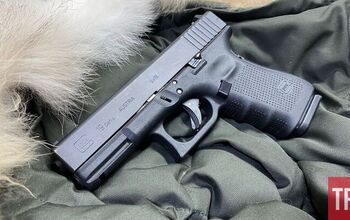
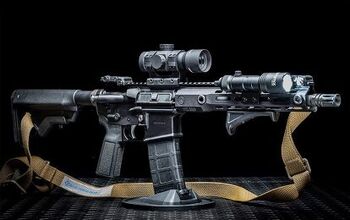


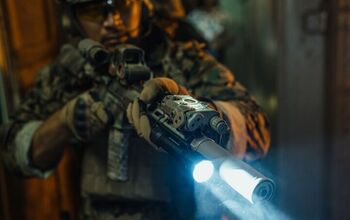

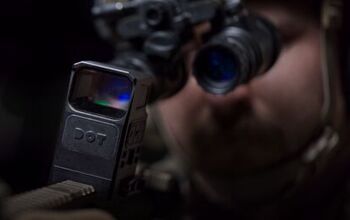



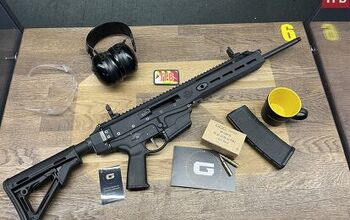
Comments
Join the conversation
"Voluntary Confiscation." Wow. This phrase describes the dream of every anti to a T.
Punish the many, the innocent, for the offense of the few. A mantra of the Left. A lot of that went on in the first half of the 1940's. Don't tell me the National Socialist German Workers' Party was right wing.
Most people couldn't find Sweden on a map. Let's worry about America. The EU can suck eggs.